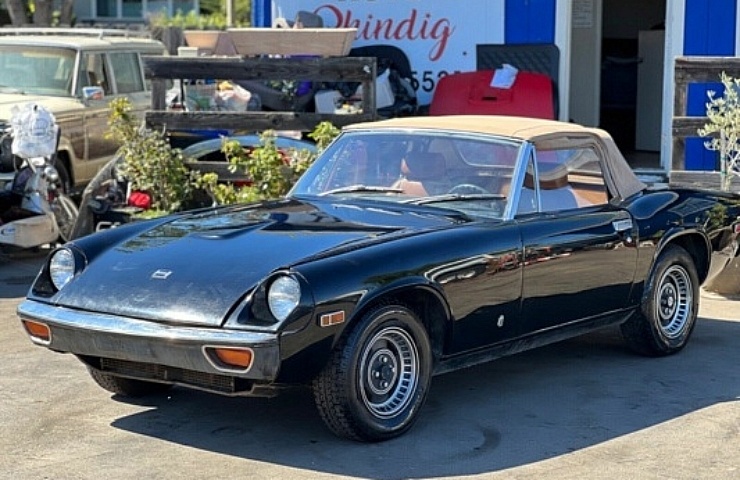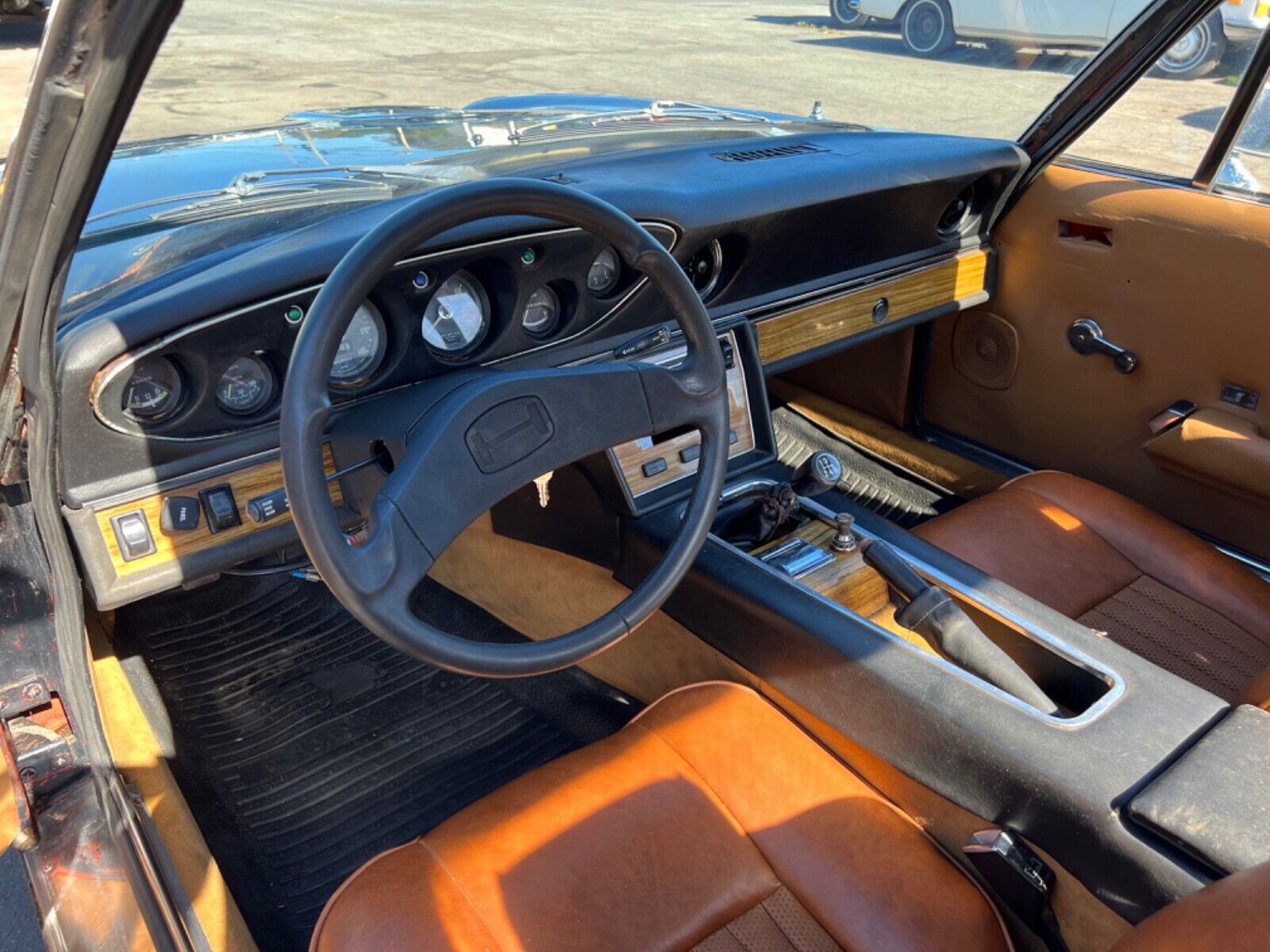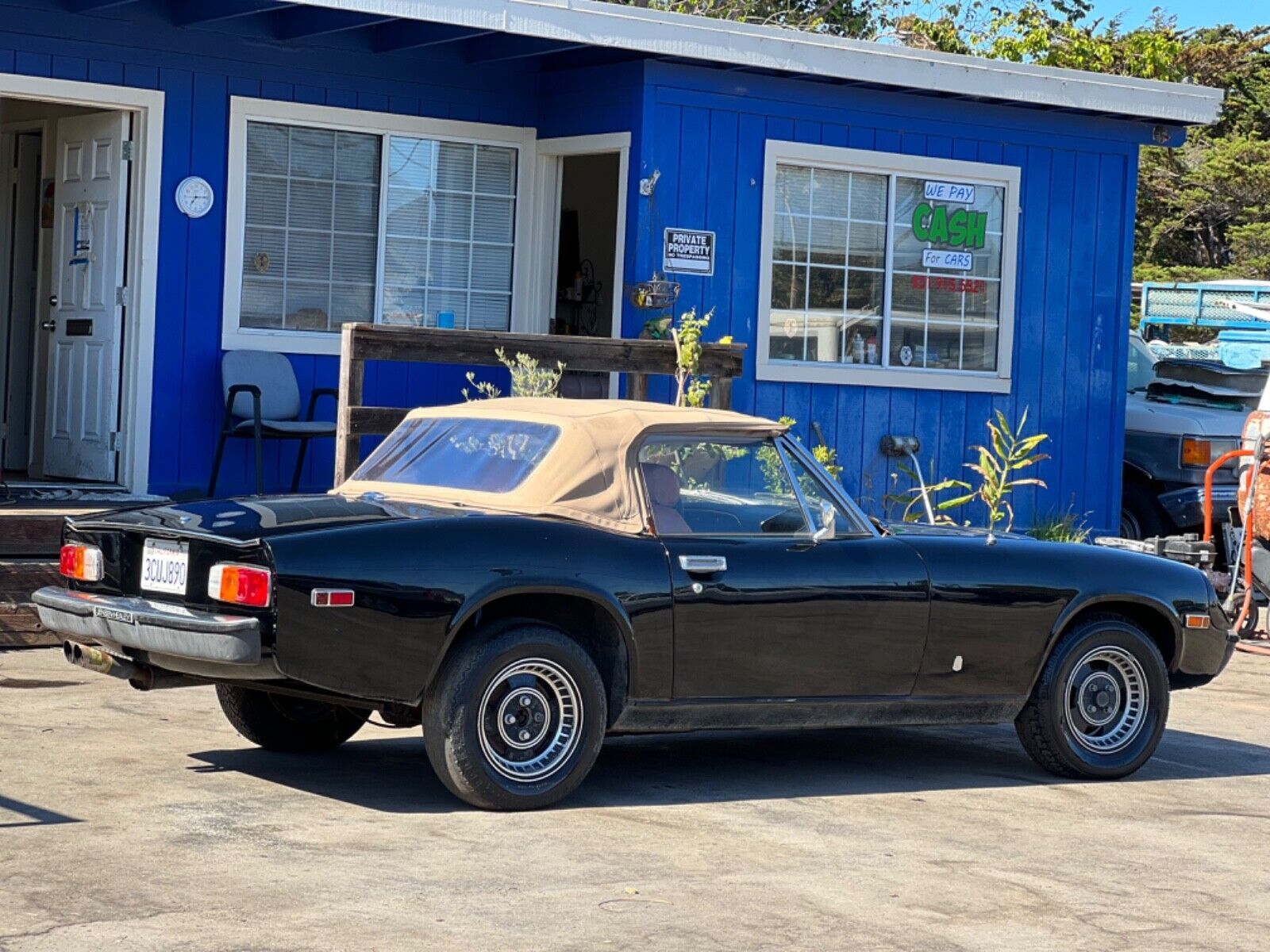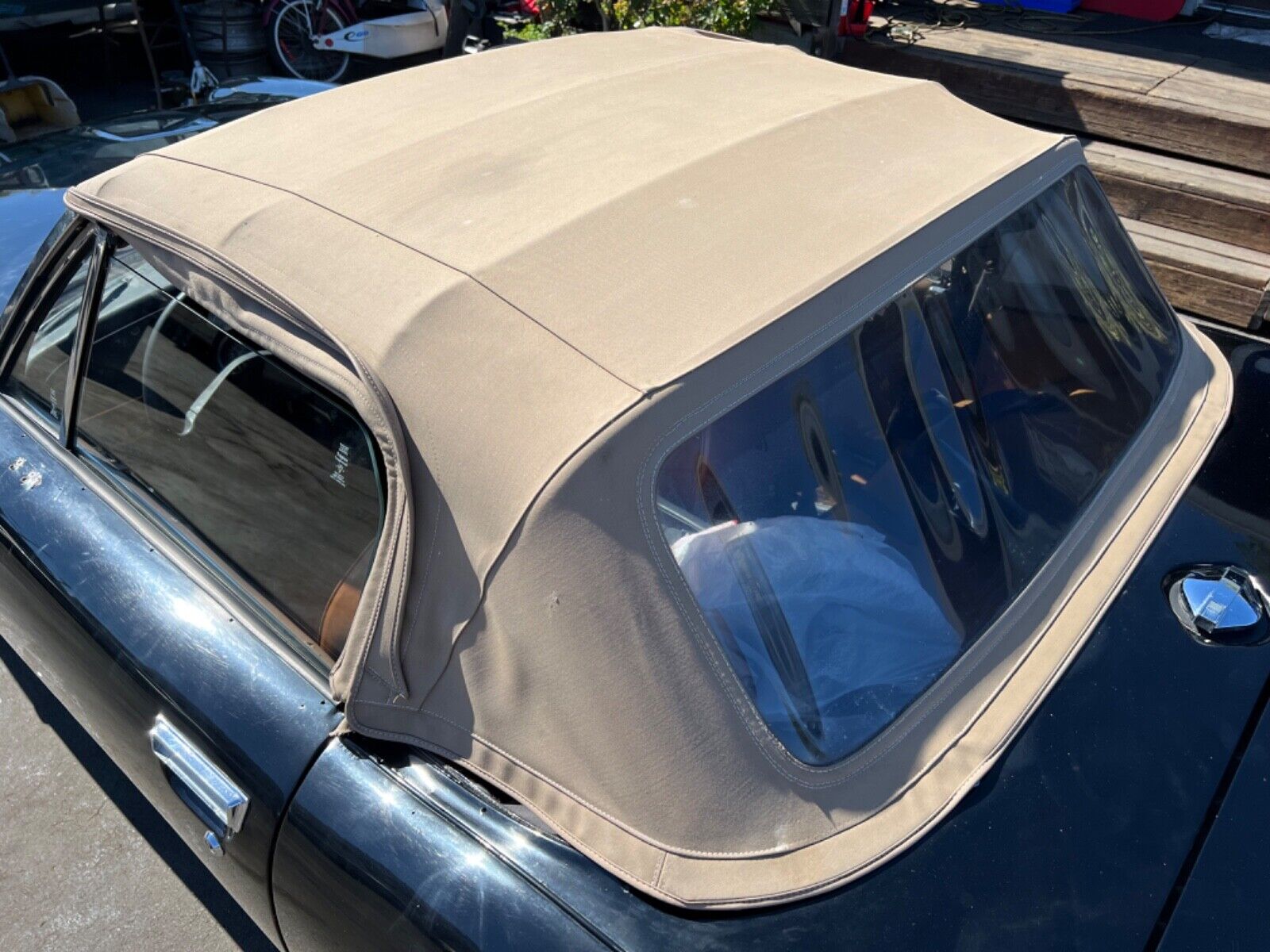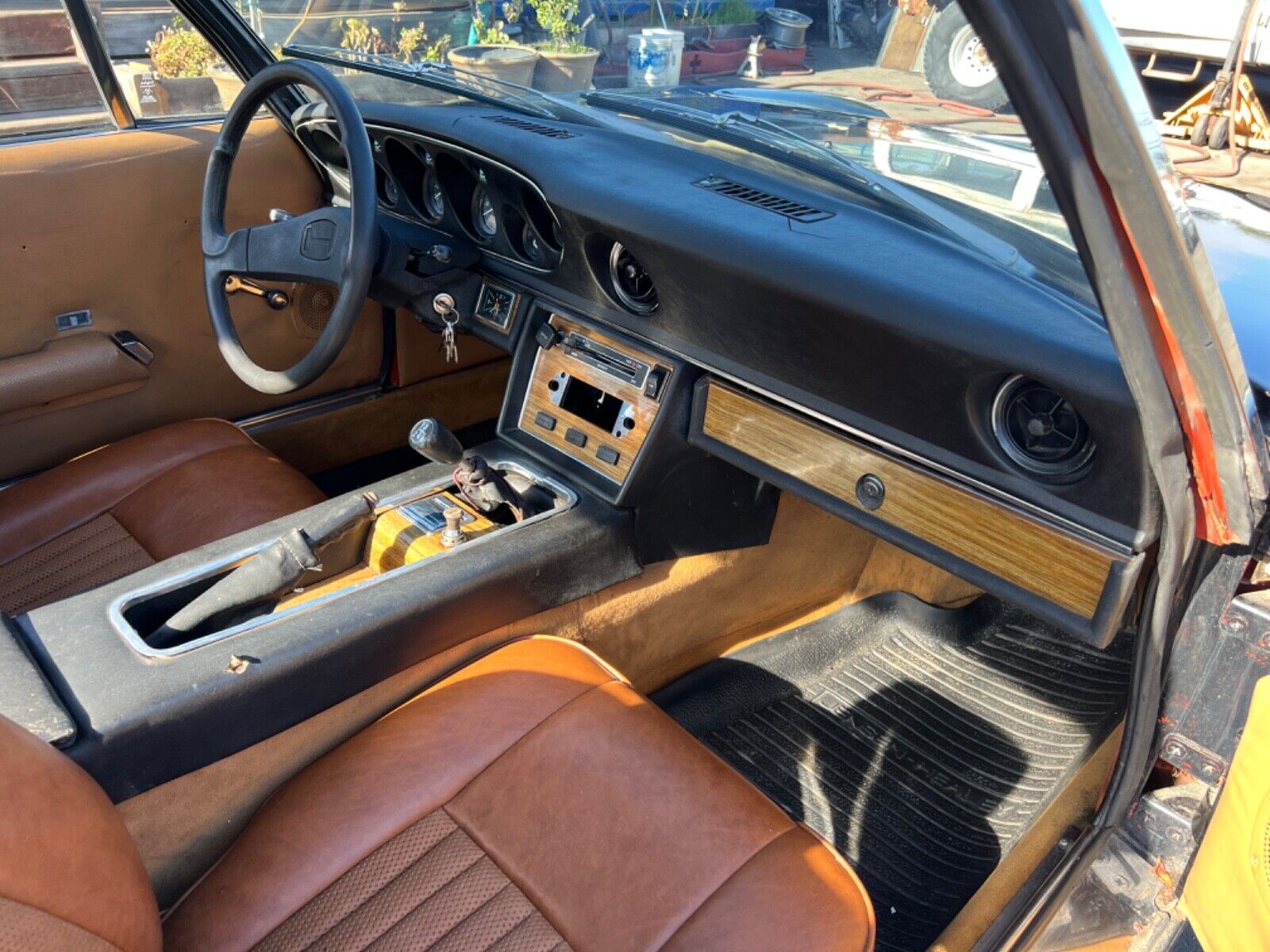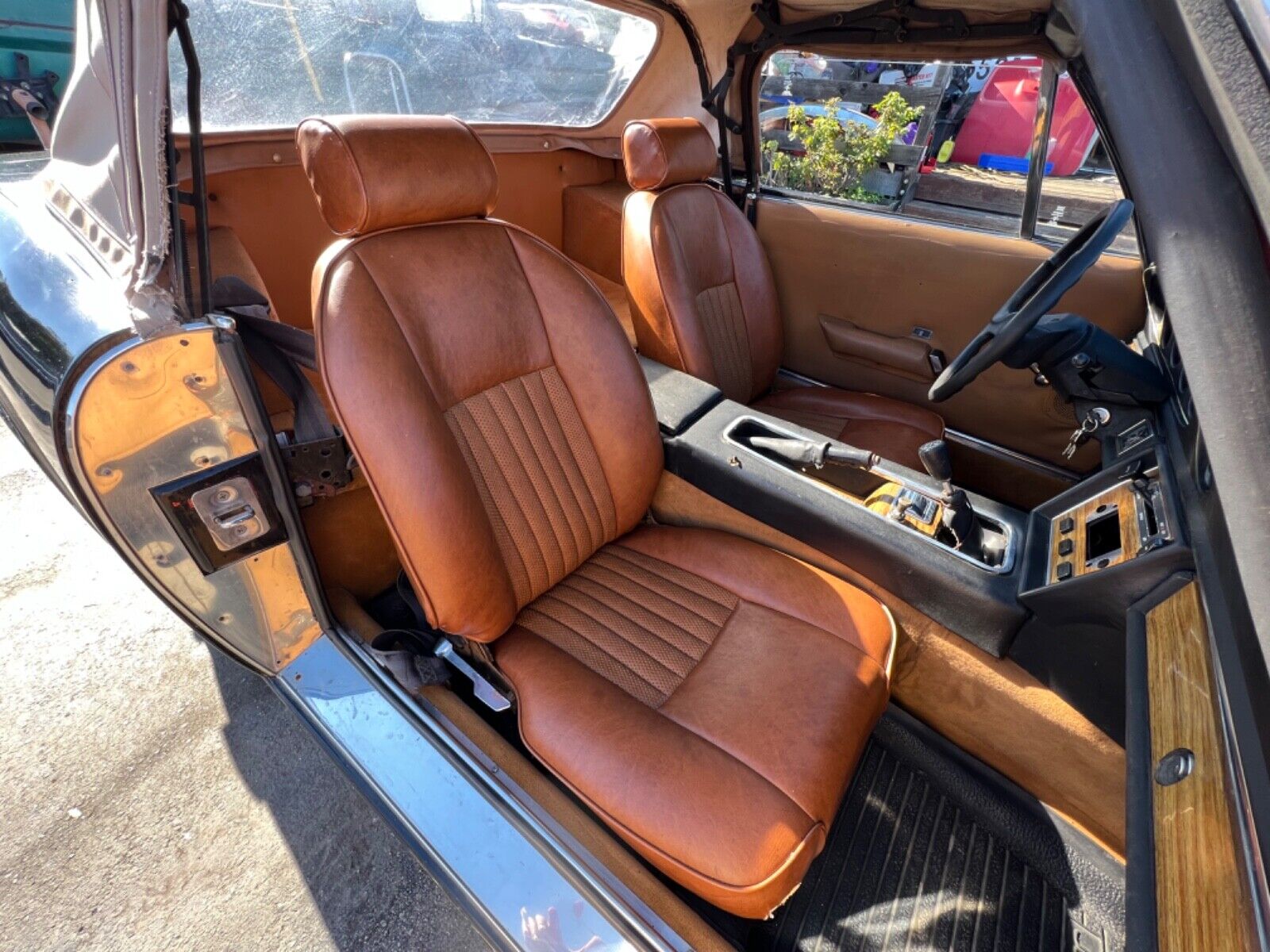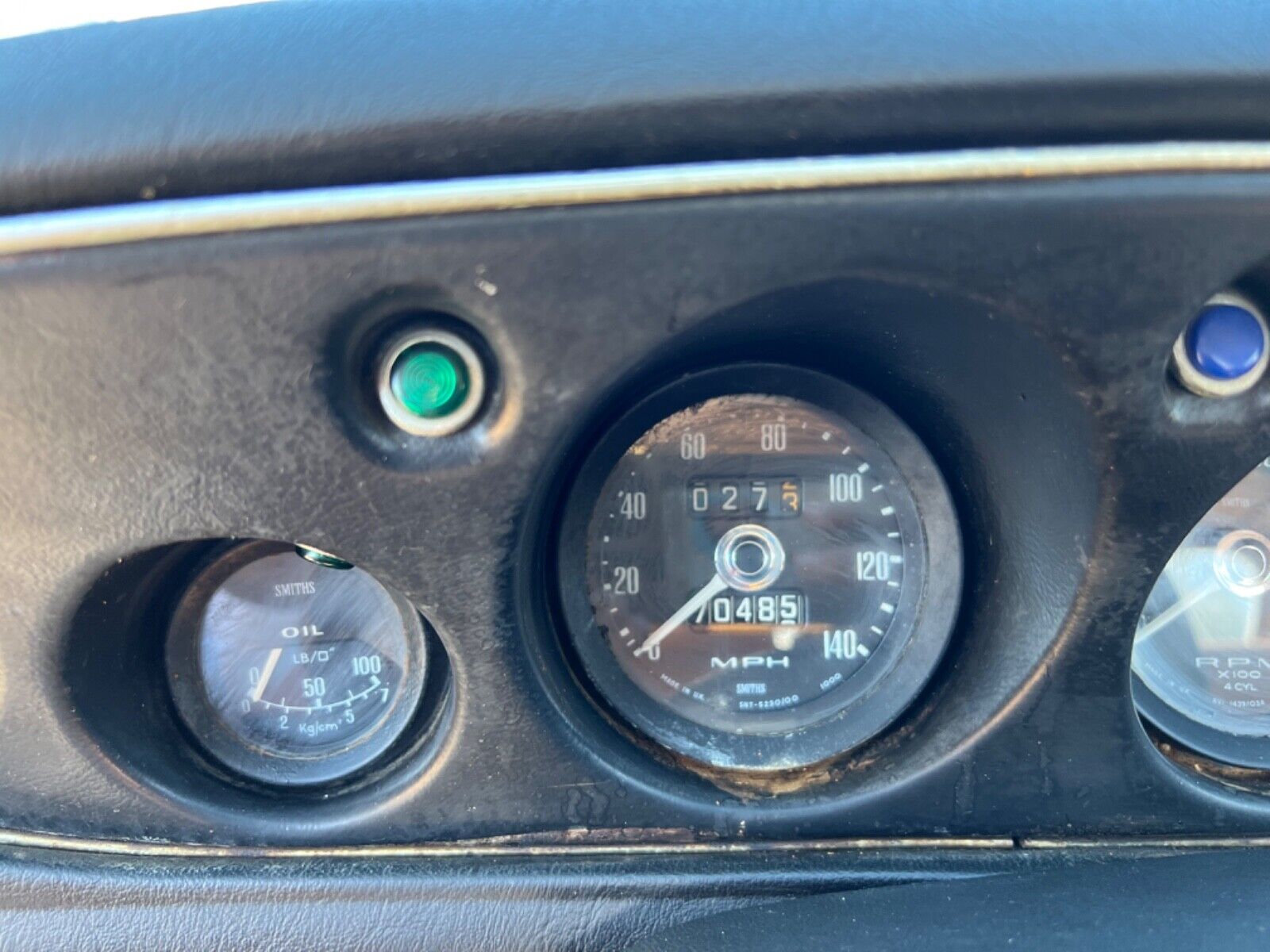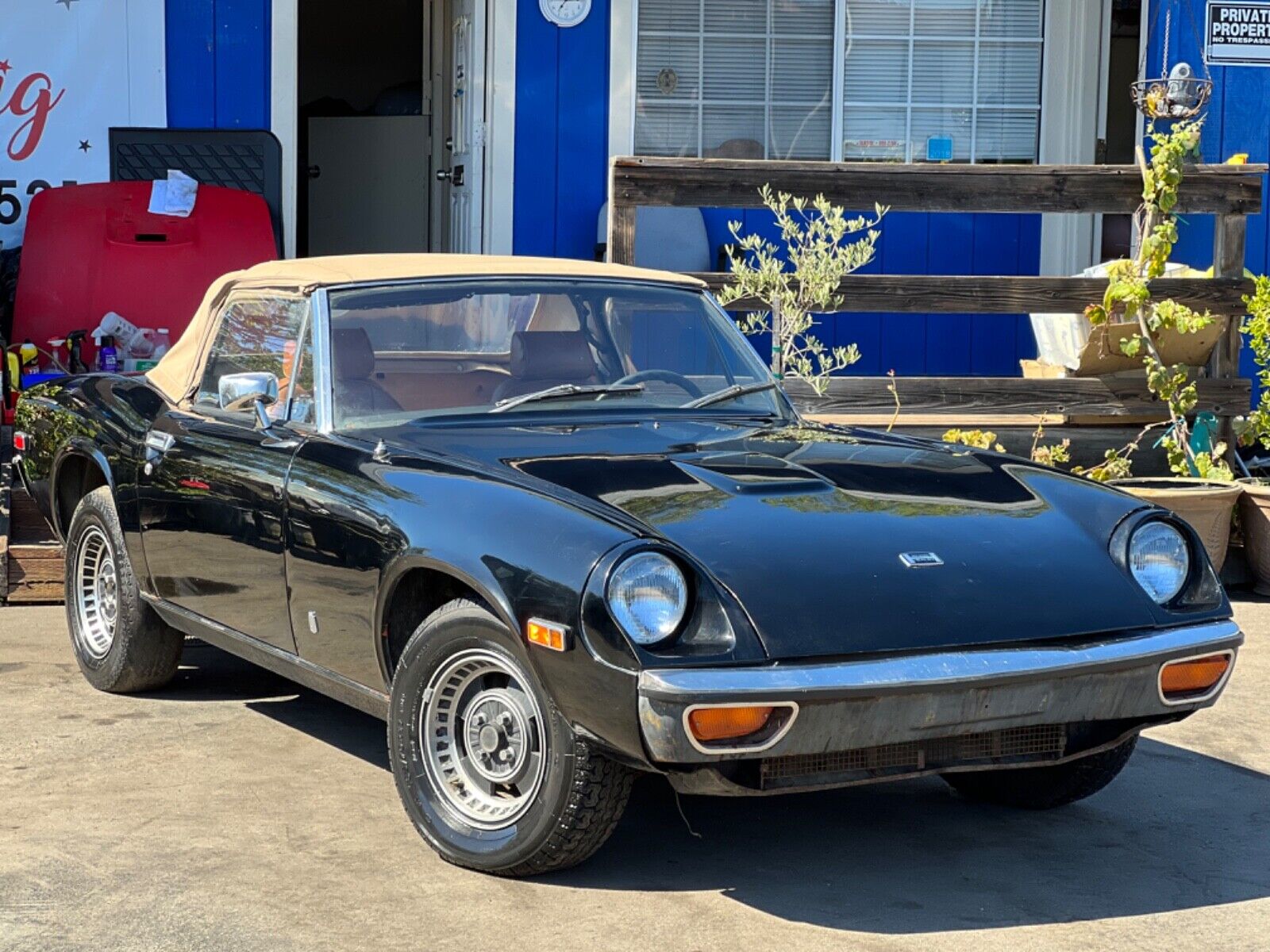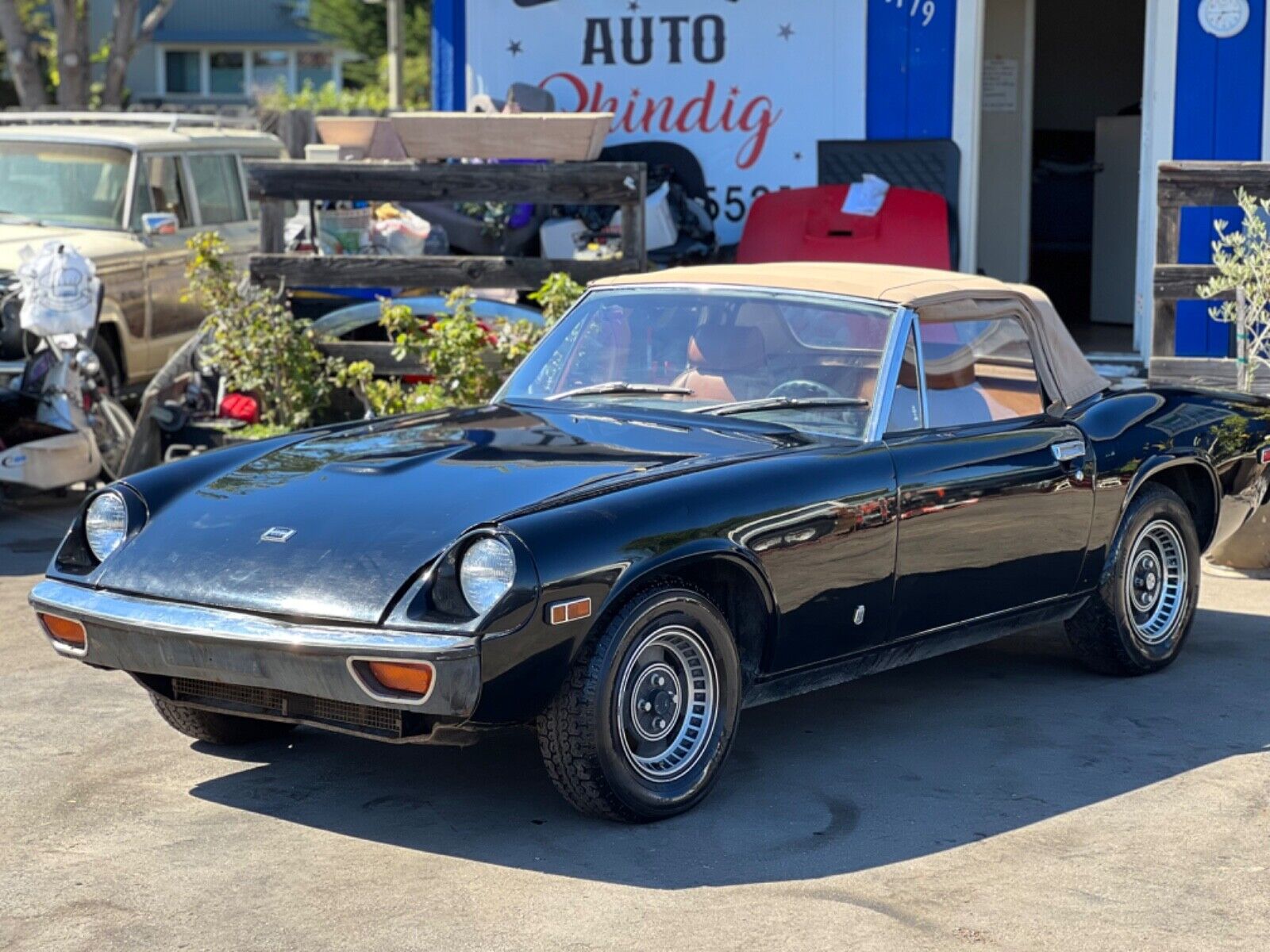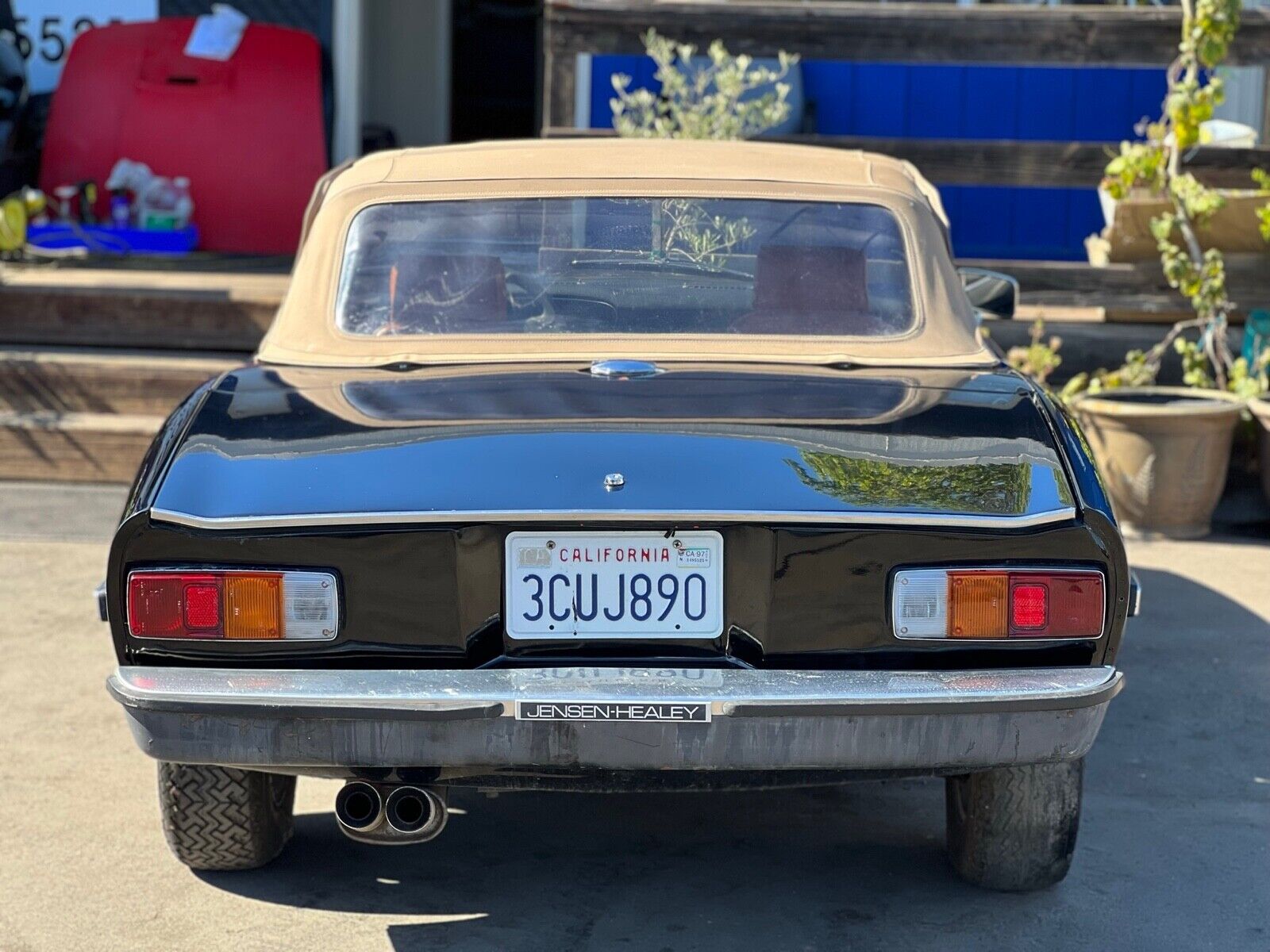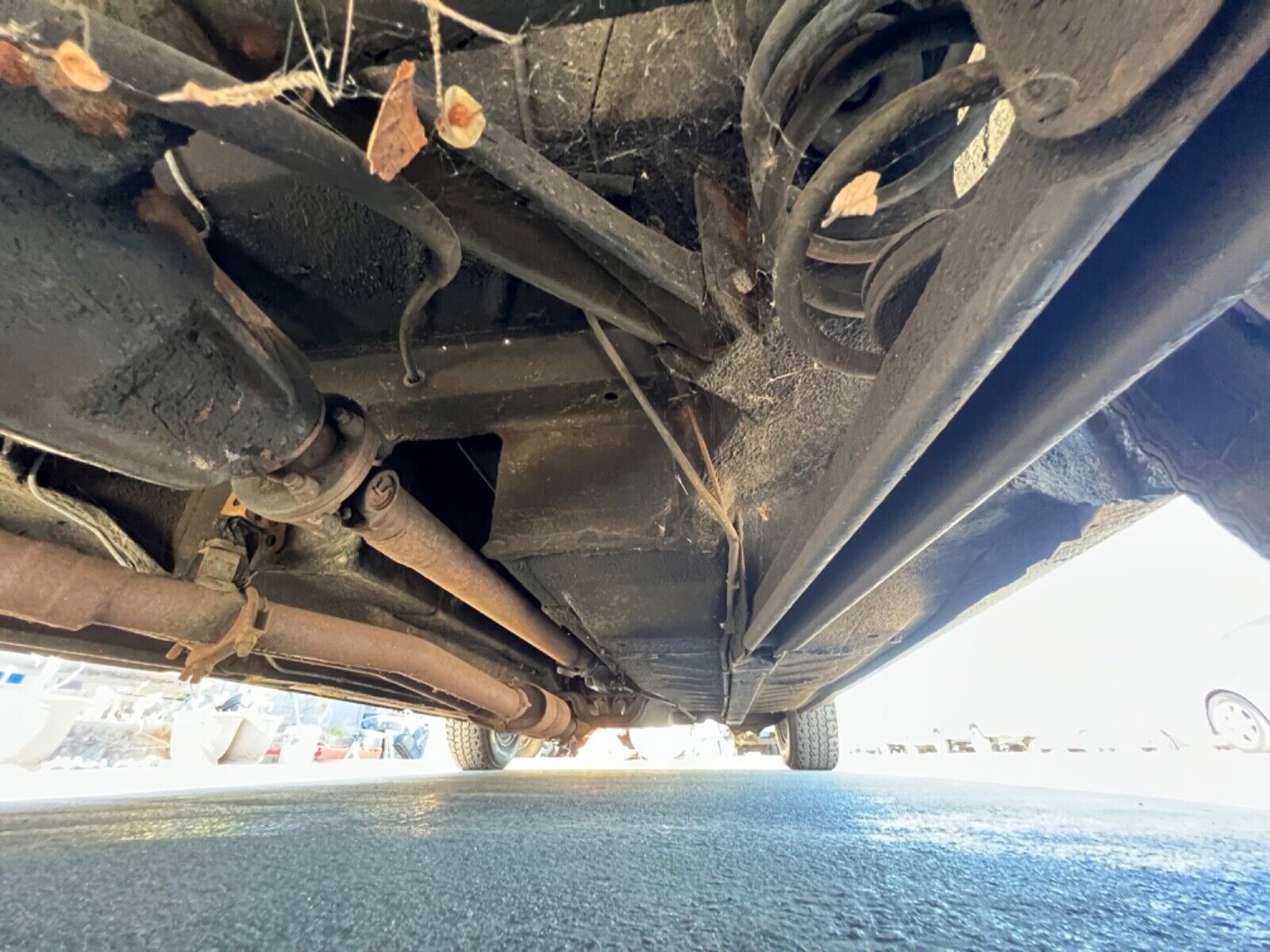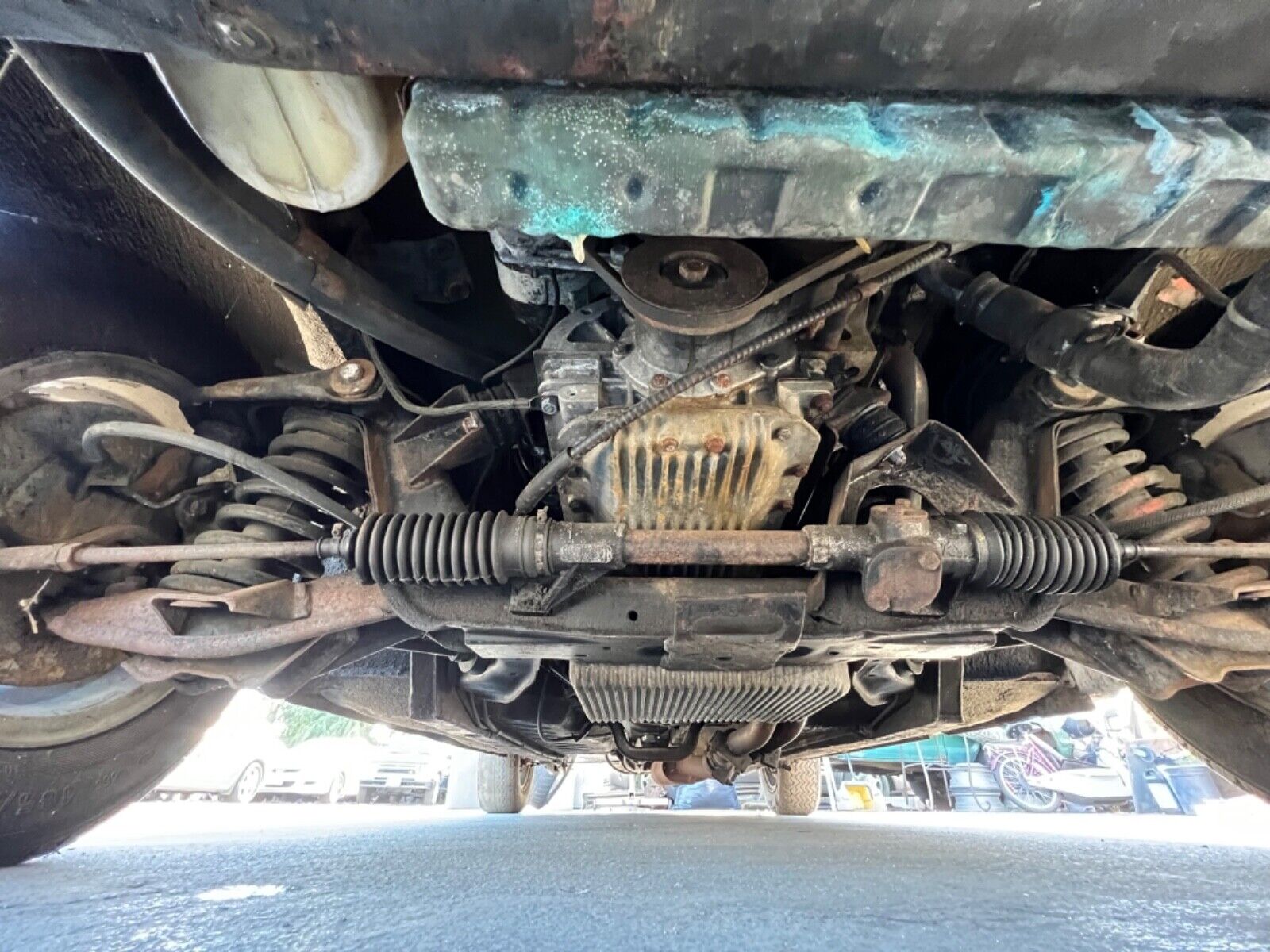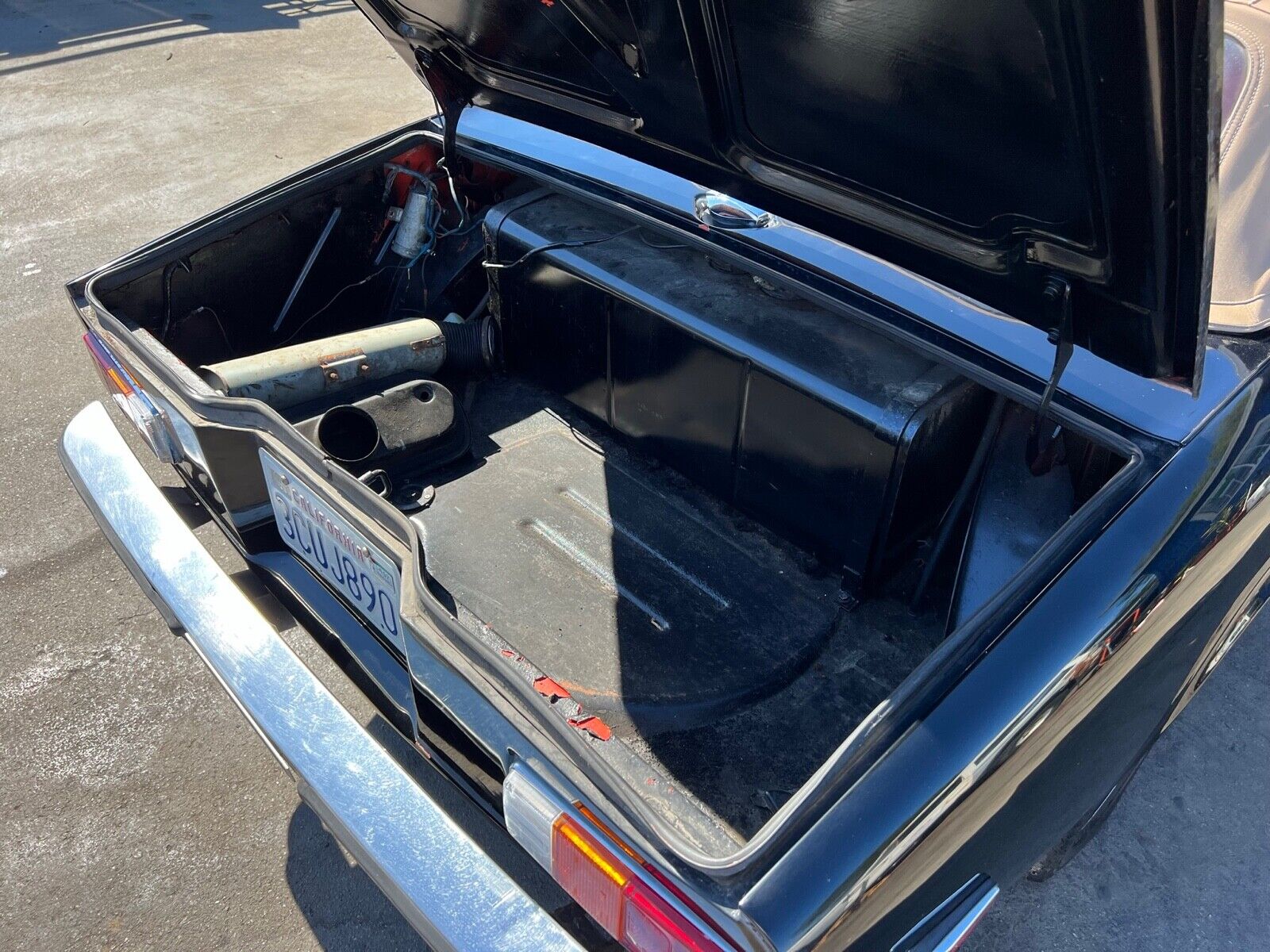This rare limited-production 1974 Jensen-Healey convertible, recently sold on eBay, had a Buy-It-Now price of only $3,900. Despite not being in running condition, it’s in better shape than most we’ve seen.
Without regular attention, Jensen-Healeys can quickly turn into basket cases. However, the signs are good that this one can be revived. With 70,000 miles on the odometer, this Jensein-Healey has had a single owner for the last 30 years. It’s available now because that longtime owner passed away. The car went to his mechanic, who is now offering it on eBay.
A Worthy Project
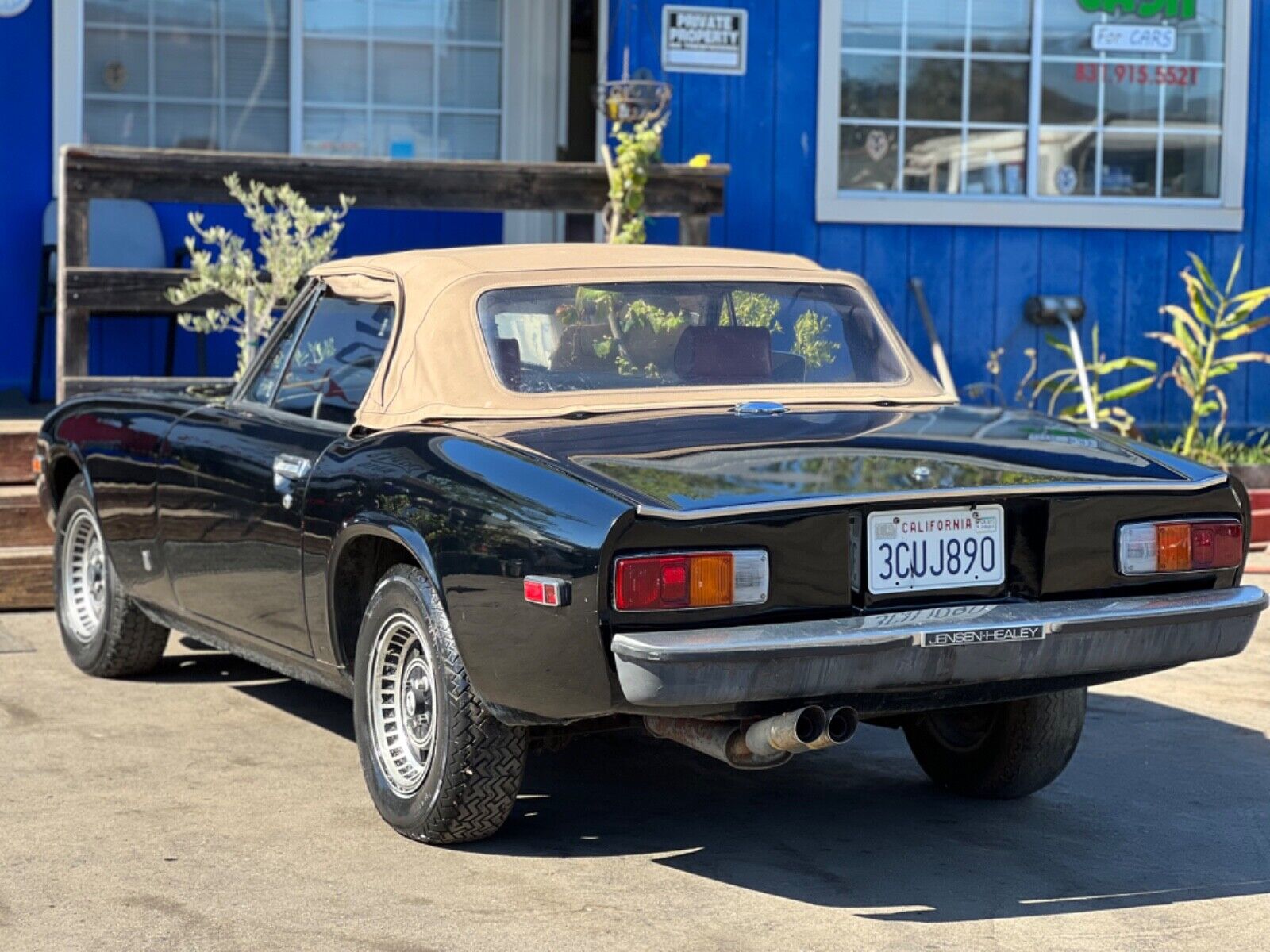
The paint is a “six out of 10,” the vendor says.
The ’74 Jensen-Healey looks tidy inside and out. The soft top is good, and there’s no significant visible rust. The interior is usable, and even the tires look new.
But several items, including a radio and the air cleaners, are missing in action. The seller doesn’t know the mechanical status, but the motor is there. That said, it looks like it hasn’t started recently.
The seller states:
The body is straight, and the paint is maybe a six out of 10. We have not tried to get it running.
A Legendary Name and Unusual Style
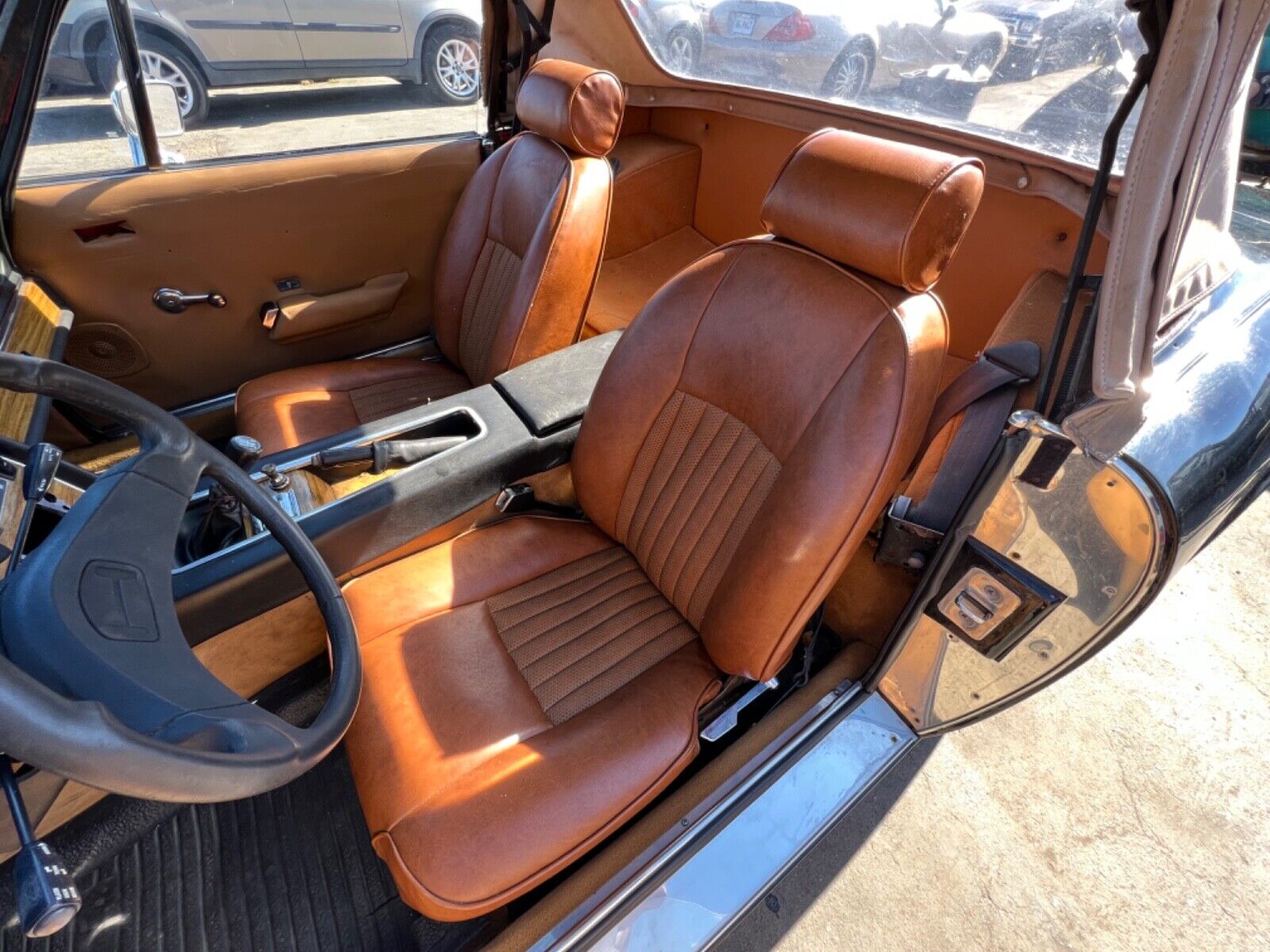
The interior is not bad at all, lacking only the radio.
Donald Healey’s 20-year partnership with Austin—which produced the Austin-Healey 3000 and Sprite—ended in 1972. So Healey turned to Jensen, a small English contract builder, whose work included the first run of Volvo P1800s and even some Austin-Healey bodies.
The resulting Jensen-Healey was a mid-sized convertible with components sourced from Vauxhall and Rootes. It also marked the first appearance of the Lotus 907 two-liter twin-cam four—before it was fitted to a Lotus-badged car. Because the steel-bodied vehicle weighs only 2,408 pounds, 144 horsepower is enough to give the JH spritely performance. The car could reach 119 miles per hour and get to 60 mph in 8.1 seconds. It’s even faster without US-market emissions controls.
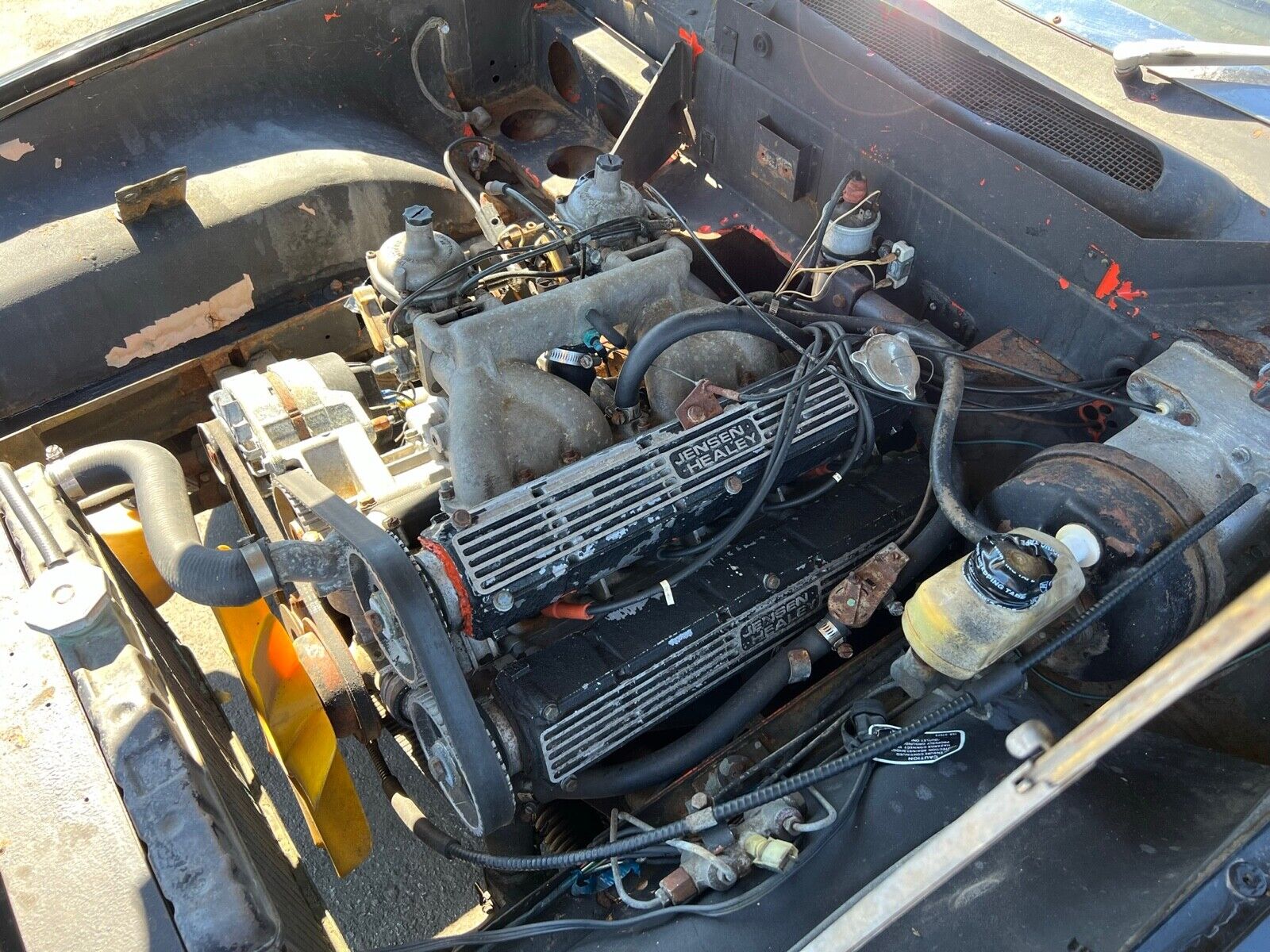
Buyers liked the performance from the 140-horsepower Lotus 907 engine.
Unfortunately, the earliest Jensen-Healey was plagued by reliability issues. Those early Lotus engines were especially troublesome. But a sorted Jensen-Healey can be a pleasure to own and drive.
Improvements Make the Later Cars a Best Buy
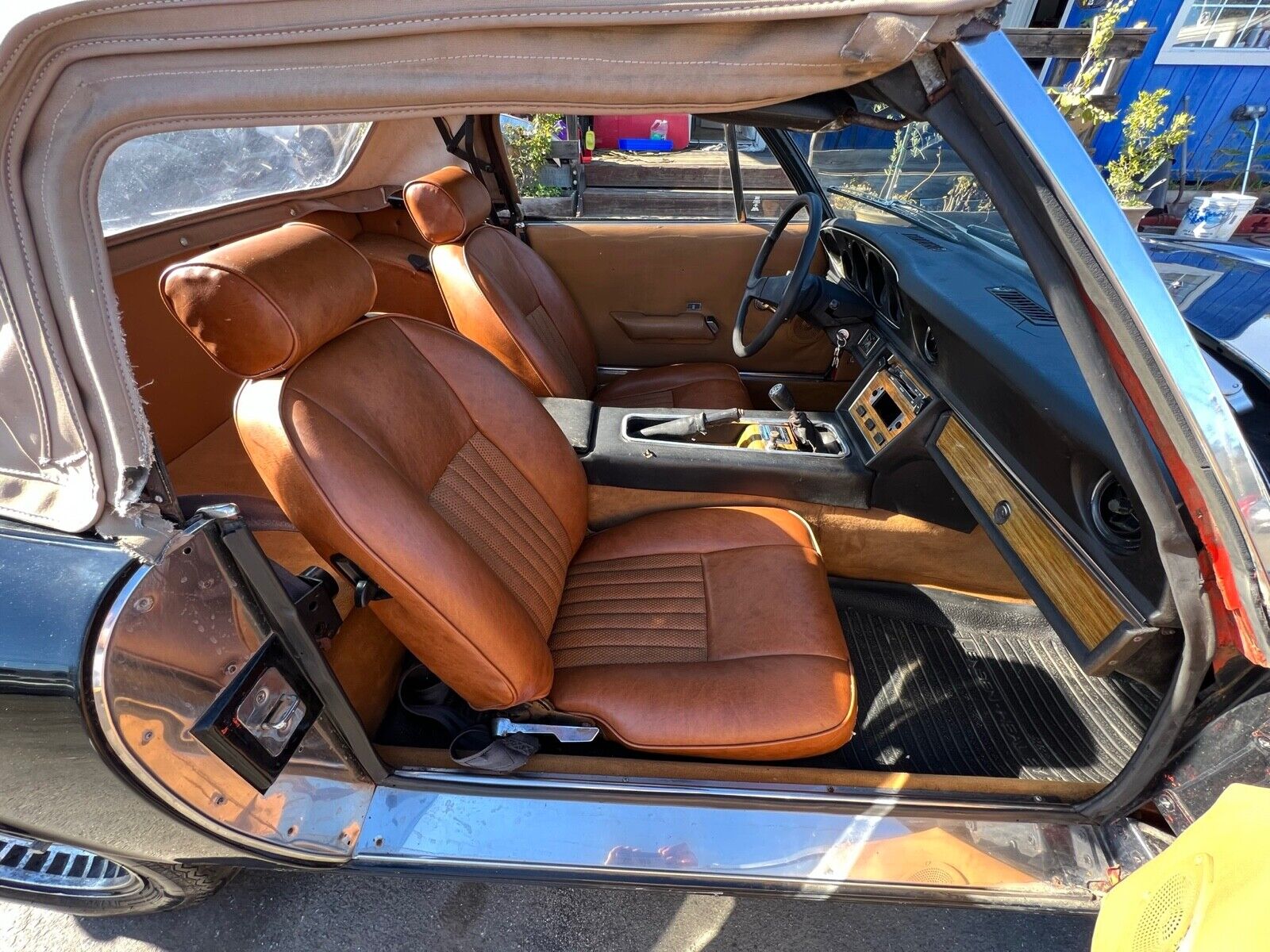
The Jensen-Healey looks quite tidy.
This is a Mark II Jensen-Healey produced from 1974-76. While most of the mechanical and styling bits remained the same as the earlier Mark I, the interior, and rear brakes were thoroughly upgraded. The early ’74 models, like this one, retained the Rootes Group four-speed manual. However, later cars in ’74 through ’76 saw an upgraded Getrag five-speed with a new rear-axle ratio that improved both performance and efficiency.
The five-speed equipped models are generally the most coveted, but all of the Mark II models are finding favor with collectors. Classic.com shows values of the Mark I going down, but prices for the Mark II are rising—now at about $12,500. That means the buyer of this car has room to invest before becoming “upside down” in valuation.
Jensen-Healey Caveats
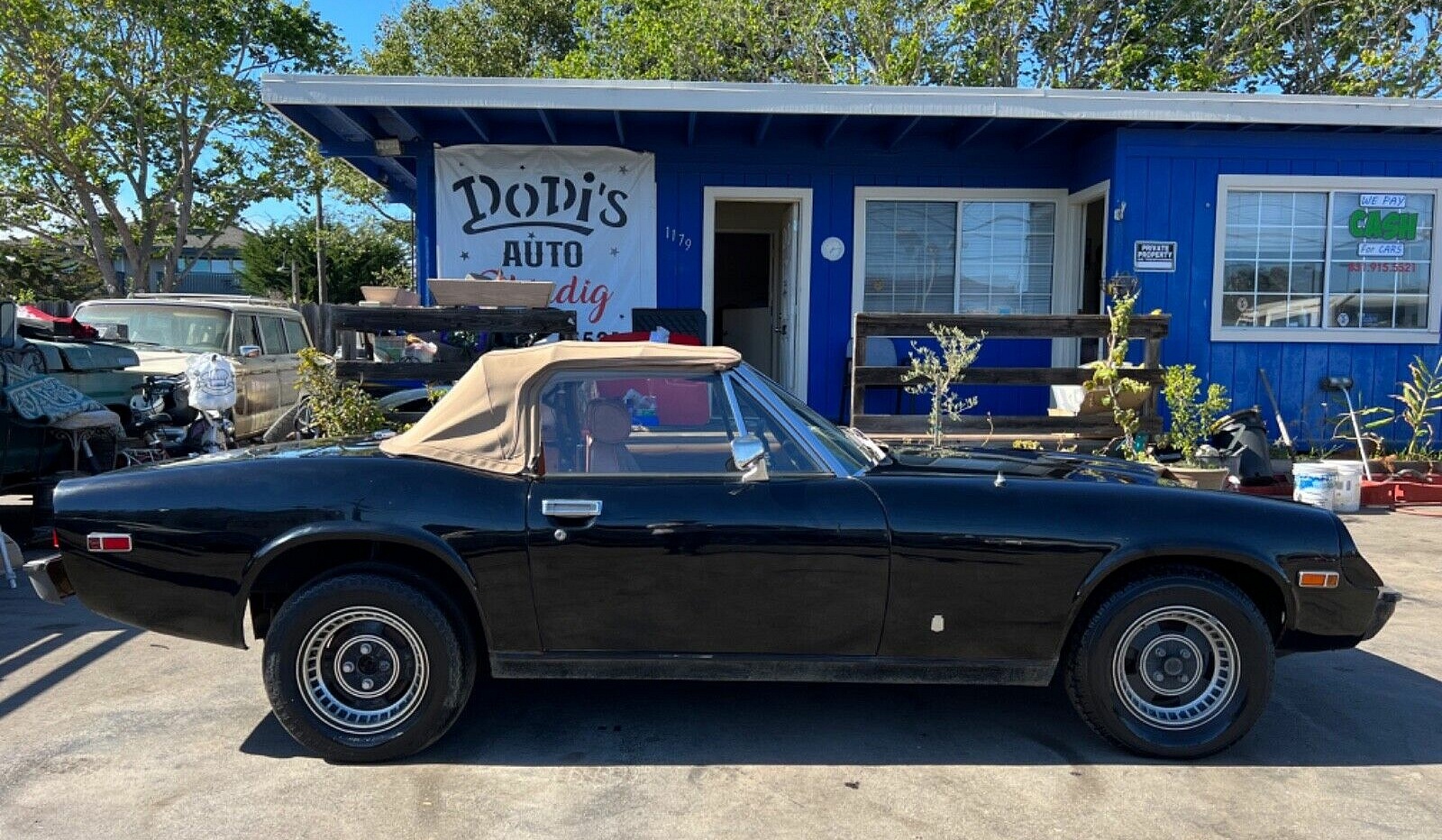
At 2,400 pounds, the Jensen-Healey could exploit the twin cam’s power.
Jensen-Healey produced more than 10,000 examples, with only about 20 percent remaining in Britain. US-spec cars had emissions equipment typical of the period, and larger bumpers. The last Jensen-Healeys were produced in 1976 when Jensen experienced fatal financial wounds.
Early Lotus engines suffered from low oil pressure, poor-quality cam gaskets, leaking fuel lines, and water pump failures. However, fixes for all these problems are available, and Mark II addressed many of them.
Rust—in the footwells, trunk, and wheel arches—is a big problem with Jensen-Healeys, so finding a warm-state car like this California example is a good idea. Remember, these are rare cars, so owners have come to rely on eBay and its wide selection of replacement parts.
Shop now for Jensen-HealeysBuying any project vehicle that doesn’t run is a risk to your wallet and sanity. Fortunately, for this Jensen-Healey the initial cash outlay is minimal. Besides, for sports car fanatics, the joy of reviving a dead car is priceless.

